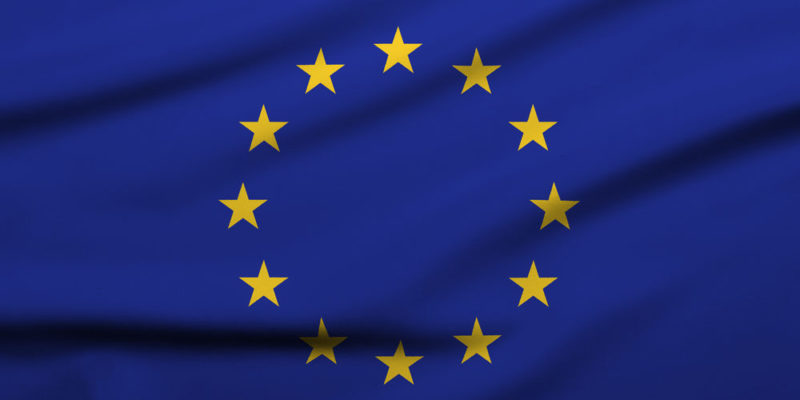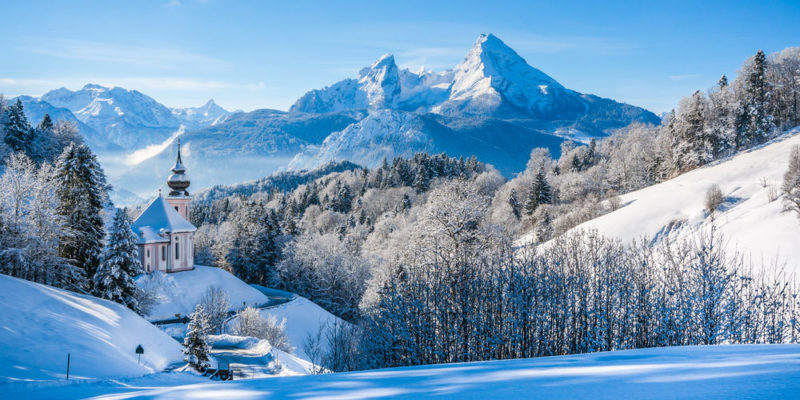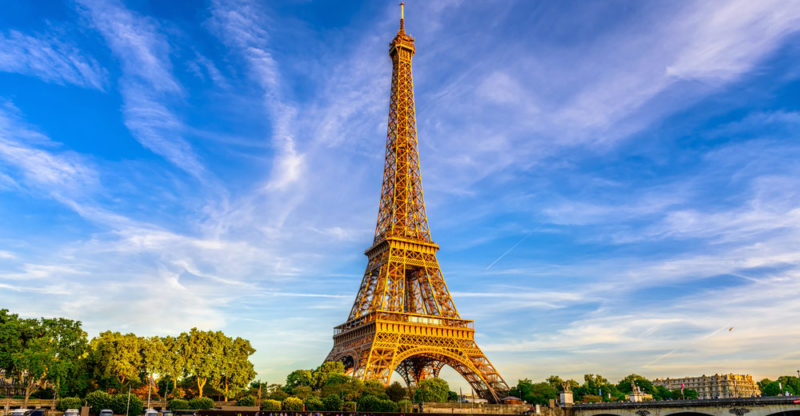We explain everything about Europe, the history of this continent and its geographical limits. In addition, its characteristics, flora, fauna and more.
What is Europe?
Europe is the second smallest continent in the world and the third most populous , with some 740 million inhabitants. It is made up of the Eurasian peninsula, the great continental mass that it shares with Asia . More than fifty languages are spoken throughout the country , such as Russian, English, French, German, Spanish and Portuguese.The European continent is bordered to the north by the Arctic Ocean , to the south by the Mediterranean Sea , the Black Sea and the Caspian Sea, to the east by the Ural Mountains and to the west by the Atlantic Ocean . Russia is the largest country in Europe and the Vatican is the city considered independent nation smallest continent.
History of europe
 The history of Europe dates back to classical antiquity, between the 5th century BC. C. and the second century d. C. , with the emergence of the first Greco-Roman civilizations. Greece was the first great empire made up of the polis or cities. He excelled in various sciences such as art , astrology, mathematics and philosophy , in addition to being the creators of the Olympic Games .
The history of Europe dates back to classical antiquity, between the 5th century BC. C. and the second century d. C. , with the emergence of the first Greco-Roman civilizations. Greece was the first great empire made up of the polis or cities. He excelled in various sciences such as art , astrology, mathematics and philosophy , in addition to being the creators of the Olympic Games .Greece reached its maximum splendor with Alexander the Great . In parallel, Rome, another important civilization, was created. For about a hundred years both civilizations faced each other violently, until 146 BC. C. when Rome managed to defeat Greece and occupy several of its territories.
The Roman Empire began to decline from the so-called crisis of the third century , between 235 AD. C. and 284 d. Political instability, social crises and economic problems, in addition to the pressure exerted by peoples outside the Roman Empire , contributed to its end.
From the 15th century on, most of the populations of Europe were under the rule of monarchs and aristocrats. Until the seventeenth century, many significant events took place, such as the conquest of America in 1492, constant wars and invasions of colonies in Eurasia, social revolutions against monarchies and the French Revolution in 1789, among others.
Europe was the continent that has had the greatest influence , directly or indirectly, on other countries and continents . Starting in the seventeenth century, scientific and technological discoveries emerged that changed the course and pace of evolution, first in Europe and then throughout the world, such as the First Industrial Revolution , between 1760 and 1840.
The European continent was characterized by constant armed confrontations with the aim of acquiring more territories and power. That ambition had no limits and led to violent events, such as the First World War (1914), the emergence of dictator governments in Italy, Spain and Germany, and the Second World War (1939).
After the atrocious events, the states of Europe decided to improve their relationship to avoid future confrontations and in 1957 they created the European Economic Community. Years later, in 1993, they created the European Union (EU) and in 1999 the euro was established, a single currency used in most member countries.
Characteristics of Europe
 The main characteristics of Europe are:
The main characteristics of Europe are:
- The temperate climate predominates , although there are varieties such as the polar climate in the north.
- The flora and fauna are very abundant, especially due to the climatic conditions.
- The geography is highlighted by vast mountain systems, such as The Alps.
- The highest peak on the continent is Mount Elbrús in Russia at 5,643 meters above sea level.
- Lake Ladoga in Russia is the largest on the continent with an area of 17,700 square kilometers.
- It is made up of 50 sovereign countries, of which 43 are entirely European and 7 are Eurasian due to the lack of well-defined limits.
- The Ural Mountains, the Caucasus Mountains, the Ural River, the Caspian Sea and the Black Sea are considered the boundaries that divide Europe from Asia.
Relief of europe
 In Europe you can find three main types of relief :
In Europe you can find three main types of relief :
- The plain. It comprises a vast territory surrounded to the east by the Ural Mountains and to the west by the Atlantic Ocean and the Pyrenees mountain range.
- The central highlands. It includes the Scandinavian mountains, the French Central Massif, the Black Forest and the Bohemian mountains.
- Alpine mountain ranges. It includes the highest elevations and with steeper slopes, such as the Alps, the Balkans and the Pyrenees.
As a result of the great variety of reliefs and the type of temperate climate that prevails, the European terrain presents a large number of rivers of abundant flow.
Economics and politics of Europe

The economy and politics of Europe is highlighted by a unique organization in the world: the European Union (EU) , a geopolitical entity formed in 1993 with the aim of achieving an economic union for borderless trade between the countries of the continent. However, not all European countries are part of the EU, only 27 of them.
The above content published at Collaborative Research Group is for informational and educational purposes only and has been developed by referring reliable sources and recommendations from technology experts. We do not have any contact with official entities nor do we intend to replace the information that they emit.
Abubakr Conner brings a diverse skill set to our team, and covers everything from analysis to the culture of food and drink. He Believes: "Education is the most powerful weapon that exists to change the world." .
Leave a reply
Your email address will not be published. Required fields are marked *Recent post

Sport: What Is It, Types, Risks, Features, Characteristics and Examples

Dogs: Emergence, Features, Characteristics, Feeding and Breeds

Story: Definition, Elements, Structure, Features and Characteristics

